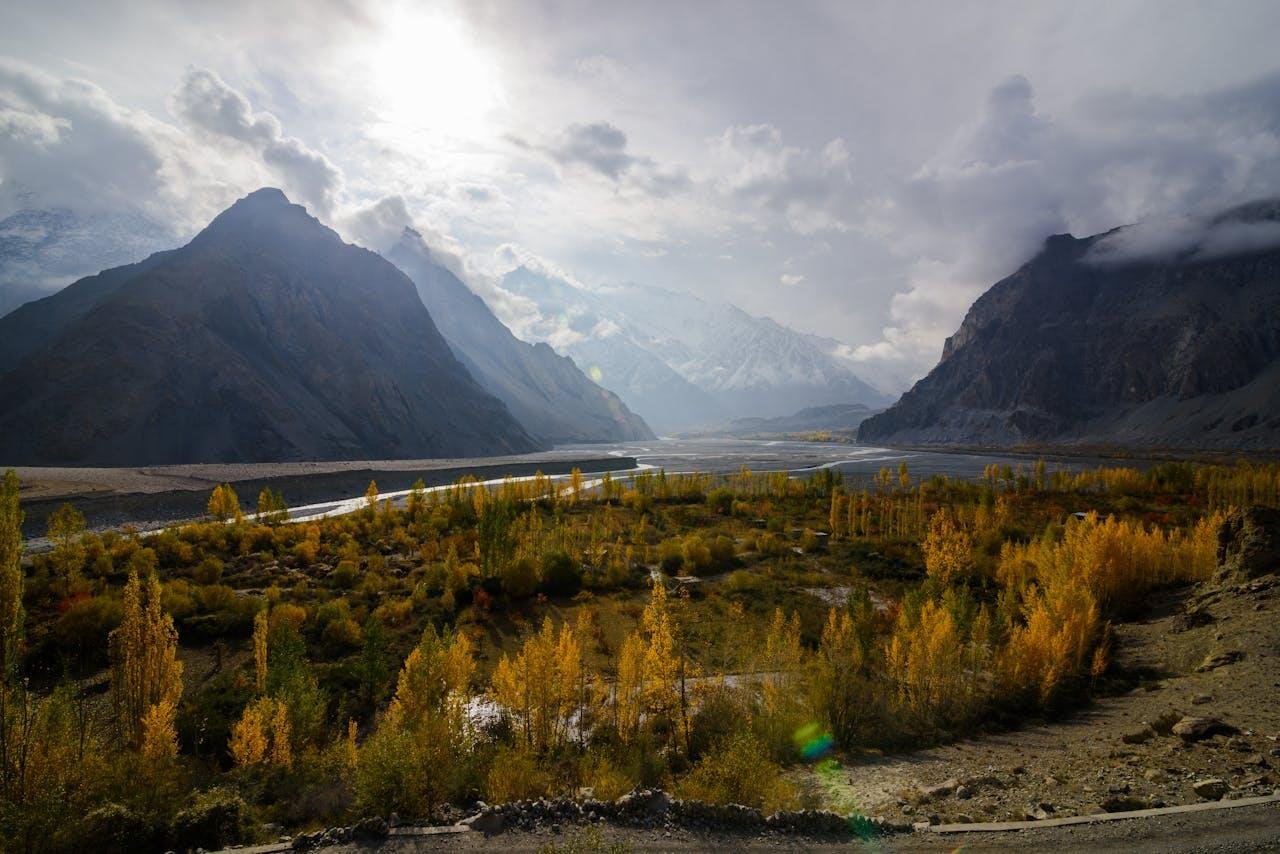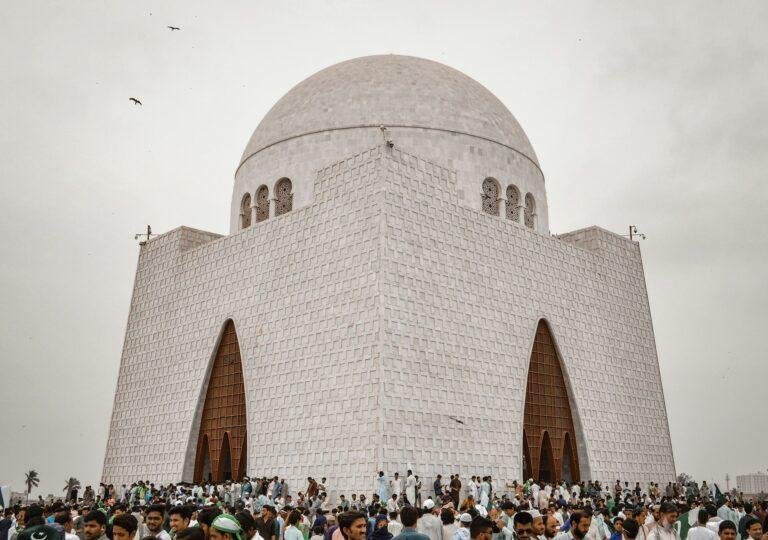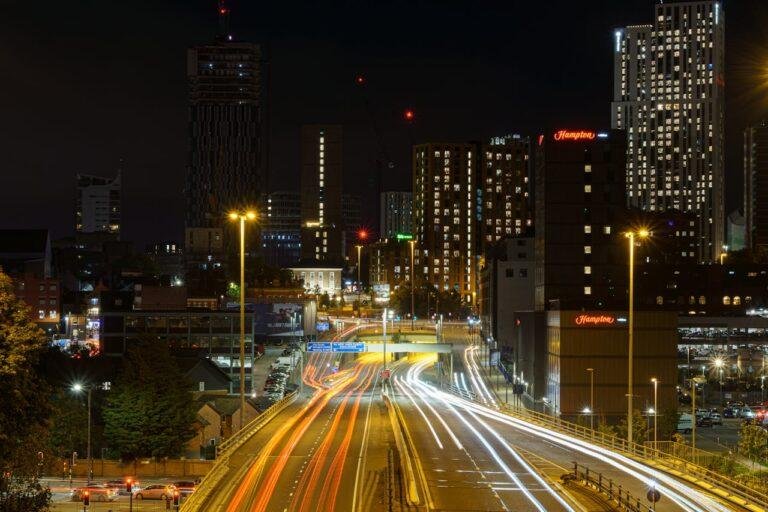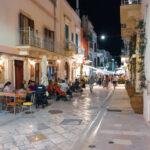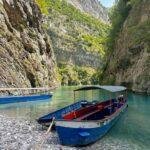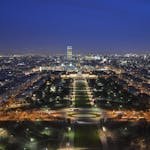When someone says “Let’s escape to the mountains of Pakistan,” the first two names that usually come to mind are Skardu and Hunza —and for good reason. These two crown jewels of the Gilgit Baltistan region. It is the heart of Pakistan’s northern wonderland.
Both offer dramatic landscapes, rich cultures, and unforgettable adventures. But for travelers with limited time, the question naturally arises: Skardu vs Hunza – which one should you visit first, and what is the best time to explore Skardu or Hunza?
This guide breaks down every major difference—from landscape and weather to culture, accessibility, and trekking options—so you can confidently decide which destination matches your travel style.
Whether you’re a nature photographer, a backpacker, or a family traveler seeking beauty and comfort, this comparison will help you make the right decision.
1. Location and Geography: Where Are They Exactly?
- Skardu lies deeper in the eastern part of the Gilgit-Baltistan region, surrounded by the Karakoram range, the Himalayas, and the Hindu Kush range. It’s known for high plateaus, alpine lakes, and access to the world’s second-highest mountain, K2.
- Hunza, on the other hand, is located along the Karakoram Highway, closer to the Chinese border. It’s also famous for its lush valleys, steep granite peaks, such as Ultar Sar, and traditional mountain villages with panoramic views.
If you’re looking for wild, untamed, high-altitude landscapes, Skardu is better option. For easier travel and lush green valley charm, Hunza is more approachable. But both are heaven on earth.
2. Natural Beauty: What Type of Landscape Do You Prefer?
Both valleys showcase spectacular natural beauty, but they offer very different kinds of experiences.
- Skardu valley offers a vast and surreal terrain:
- Deosai National Park, a 13,000 ft-high plateau, blooms with wildflowers in summer.
- Serene lakes like Upper Kachura, Satpara, and Sheosar shimmer against snow-capped peaks.
- The Sarfaranga Cold Desert adds a unique touch with its dunes surrounded by glaciers.
- Hunza’s beauty is more cultivated and green:
- Fruit orchards, Hunza rivers, and valleys are set beneath towering cliffs.
- The majestic Attabad Lake (formed after a landslide) is a hotspot for boating and photography.
- The dramatic Passu Cones, Eagle’s Nest, and Hussaini Suspension Bridge offer iconic photo ops.
Skardu is raw and remote, ideal for wilderness lovers. Hunza is greener, more accessible, and perfect for a relaxing cultural escape.
3. Accessibility: Which One Is Easier to Reach?
- Visit Hunza valley because it is easier to reach via the Karakoram Highway, with a scenic drive from Islamabad taking about 18–20 hours. Roads are mostly paved and safe year-round.
- Skardu can be reached by:
- Air: 1-hour flight from Islamabad to Skardu (weather dependent and often delayed).
- Road: Rough terrain from Chilas or Astore, taking over 20 hours with less predictable conditions.
Hunza wins for road travel. If you’re short on time and lucky with flights, Skardu can be quicker via air.
4. Adventure Activities and Must-See Places
When it comes to adventure and exploration, both Hunza and Skardu offer unique experiences, but they cater to slightly different kinds of travelers. One leans into cultural discovery and photogenic day trips, while the other delivers untamed high-altitude adventure and extreme terrain. Both Skardu and Hunza famous for its unique, beautiful landscapes.
What Skardu Offers: Wild Expeditions & Untouched Wilderness
Skardu is the adventure capital of Gilgit Baltistan, especially for trekkers, climbers, and thrill-seekers looking to immerse themselves in Pakistan’s most dramatic terrain. Skardu offers a diverse variety of landscapes that satisfy the desires of all nature lovers.
- Deosai National Park: It is known as the “Land of Giants.” This high-altitude plateau stretches endlessly at 13,000 feet above sea level. It’s one of the world’s highest grasslands, blanketed in wildflowers during summer. Home to Himalayan brown bears, golden marmots, and migratory birds, it’s perfect for wildlife viewing and camping under the stars.
- Shigar Fort, Skardu Fort, and Khaplu Palace: These restored heritage sites give a glimpse into Baltistan’s royal past. Shigar Fort, built in the 17th century, is now a luxury guesthouse with a stunning view of the valley. Khaplu Palace, equally majestic, showcases Tibetan-influenced Balti architecture and serves as a cultural museum. Skardu Fort is also known as Kharpocho Fort. It is an older fortress, dating back to the 8th century, perched on a hill overlooking Skardu city and offering panoramic views.
- Kachura Lakes (Upper & Lower) and Satpara Lake: These glacial lakes are surrounded by forests and snow-capped peaks. Upper Kachura Lake is a peaceful escape, while Lower Kachura Lake (also known as Shangrila Resort) is more commercial, offering boating and resort-style dining.
- Sarfaranga Cold Desert: Located near Skardu Airport, this surreal landscape features white dunes at an altitude of 7,500 feet. Jeep safaris, horse riding, and the annual Sarfaranga Jeep Rally are major draws.
- Trekking to K2, Concordia, and Snow Lake: Skardu offers the base for world-famous treks:
- K2 Base Camp – a multi-day expedition for seasoned trekkers.
- Concordia – the meeting point of the Baltoro, Godwin-Austen, and Vigne glaciers.
- Snow Lake – one of the largest glacial basins on Earth.
These treks are high-risk, high-reward journeys that bring you face-to-face with the world’s tallest peaks.
What Hunza Offers: Cultural Gems & Scenic Day Adventures
In contrast, Hunza is perfect for travelers who want a more relaxed itinerary filled with historical places, local culture, and light adventure in breathtaking surroundings. This Valley is famous for:
- Baltit and Altit Forts: These iconic forts sit atop rocky hills overlooking the Hunza Valley. Baltit Fort, over 700 years old, is a beautifully preserved structure with Tibetan and Islamic influences. Altit Fort, even older, has been transformed into a cultural center. Both offer guided tours, traditional performances, and panoramic valley views.
- Attabad Lake: Formed in 2010 due to a massive landslide, this turquoise lake is now a vibrant, famous tourist destination. Visitors can enjoy boating, jet skiing, kayaking, and cliffside dining in floating cafés and lodges.
- Passu Glacier and Hussaini Suspension Bridge: The Passu Glacier trek is a moderate day hike offering close-up views of Ultar Sar and Passu Cones, some of the most photogenic peaks in the world. The Hussaini Bridge, often called one of the most dangerous suspension bridges globally, is a thrilling (but safe) experience for adventurous travelers.
- Eagle’s Nest Viewpoint: Located above Duikar Village. This is the best place to visit because this spot offers sweeping sunrise and sunset views of the Hunza Valley, including Ladyfinger Peak, Rakaposhi, and Ultar Sar. It’s an easy drive and a must-visit for photographers.
- Cultural Interaction and Local Hospitality: The educated, tourism-savvy people of Hunza Valley are welcoming and proud of their rich cultural heritage. Many travelers enjoy village walks, participating in local festivals, and trying homemade Hunza bread, dried fruits, and herbal teas.
Which Place Wins on Adventure?
Choosing between Hunza and Skardu is very difficult because both have many must-visit destinations, but:
- If you’re a trekker, mountaineer, or someone seeking off-grid exploration with little commercial interference, Skardu offers unmatched adventure. It’s wild, remote, and deeply immersive.
- If you’re looking for comfort, guided sightseeing, and a balance of natural beauty with rich history, Hunza is a better first step into Gilgit Baltistan.
Both offer more than enough to fill a week-long trip, but the choice depends on whether you’re chasing adrenaline or serenity.
5. Climate and Best Time to Visit
- Skardu has a short season: June to September is the ideal time for hiking, boating, and visiting Deosai National Park. In winter, most routes are blocked by snow.
- Hunza offers a longer season: The Best time to visit Hunza is spring (April–May) for cherry blossoms or in autumn (October) for golden foliage. Summer is also pleasant, though busier.
Hunza is more flexible and visitable year-round. Skardu is perfect for a dramatic summer adventure.
6. Culture and Local Life
- Hunza is home to the Burusho and Wakhi people, known for high literacy, hospitality, and cultural festivals. You’ll find Wi-Fi, clean streets, and sustainable tourism practices here.
- Skardu is predominantly Balti, with Tibetan and Central Asian roots. You’ll find Buddhist ruins, ancient mosques, and rich spiritual traditions.
For a modern yet traditional experience, Hunza is smoother. For deep heritage and spiritual history, Skardu is more raw and authentic.
7. Food, Facilities, and Where to Stay
- Hunza has more polished accommodation options—from boutique lodges to family-run hotels. Food options include local dishes like Chapshuro and Apricot Cake, plus Pakistani and continental choices.
- Skardu is developing quickly, but is still rustic outside major towns. Lodging in Shigar Valley and Khaplu Valley is improving, and traditional Balti dishes like Mamtu, Thukpa, and Butter Tea are local highlights.
For comfort and variety, Hunza wins. For those willing to rough it for raw beauty, Skardu delivers.
8. Trekking and Hiking: What Level of Adventure Do You Want?
- Skardu is a trekking paradise. It’s the launch point for K2 Base Camp, Snow Lake, and Biafo Glacier treks.
- Hunza, though less extreme, offers plenty of light treks and half-day hikes, like Ultar Meadows, Hopper Glacier, and Passu Village walks.
Verdict: If you’re trekking deep into nature, Skardu is unmatched. If you want scenic hikes without the challenge, Hunza is perfect.
Conclusion: Skardu vs Hunza – What’s Right for You?
So, Skardu vs Hunza, which one is better?
Choose Hunza if you want accessible travel, rich cultural experiences, family-friendly activities, and gorgeous natural beauty that’s easy to reach and enjoy.
Choose Skardu if you’re seeking raw adventure, dramatic snow-capped peaks, world-class trekking, and truly wild terrain like Deosai National Park and Sarfaranga Desert.
In truth, both are extraordinary. Skardu or Hunza offers something unique, and together, they define the soul of Gilgit Baltistan. If time or budget only allows one, use this guide to match your choice with your personality. But fair warning: once you visit one, the other is guaranteed to climb to the top of your travel bucket list.

